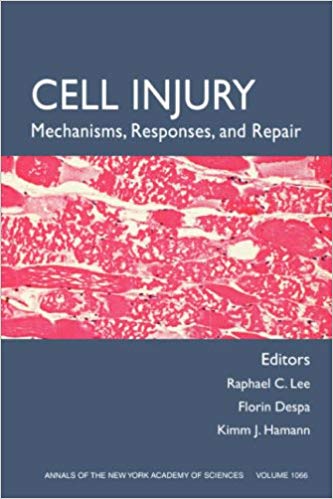Publications
P188 Protects Against Ischemia-Reperfusion Injury in a Murine Hind-Limb Model
Ischemia-reperfusion injury can activate pathways generating reactive oxygen species, which can injure cells by creating holes in the cell membranes. Copolymer surfactants such as poloxamer 188 are capable of sealing defects in cell membranes. When poloxamer 188 treatment was administered 10 minutes before ischemia, injury was reduced by 84 percent, from 50 percent injury in the dextran group to 8 percent injury in the poloxamer 188 group (p < 0.001). When administered 10 minutes before reperfusion, poloxamer 188-treated animals demonstrated a 60% reduction in injury compared with dextran controls (12% versus 29%). Treatment at 2 hours, but not 4 hours, postinjury prevented substantial myocyte injury. Preservation of muscle adenosine 5-triphosphate paralleled the decrease in myocyte injury in poloxamer 188–treated animals. Poloxamer 188 treatment significantly reduced mortality following injury (10 minutes before, 75% versus 25% survival, p < 0.0077; 2 hours after, 50% versus 8% survival, p < 0.032).


Amphiphilic, Tri–block Copolymers Provide Potent, Membrane–targeted Neuroprotection
Excitatory amino acid receptor activation and reactive oxygen species production are important mediators of neuronal death following acute brain injury and can lead to loss of membrane integrity. Poloxamer 188 (P188) is an amphiphilic, polyethylene–polypropylene–polyethylene copolymer that restores plasma membrane integrity of nonneuronal cells following membrane injury. Here, we demonstrate that P188 provides profound protection of hippocampal and cerebellar neurons following severe excitotoxic and oxidative injury in vitro, through membrane–targeted mechanisms. Widespread death of cultured hippocampal neurons observed 48 h after N–methyl–D–aspartate (NMDA) exposure was prevented by incubation of neurons in P188 following NMDA. Whole cellcapacitance measurements revealed that P188 application increased cell surface area, consistent with its insertion into the plasma membrane. Following plasma membrane electroporation, P188 arrested loss of intracellular contents, which demonstrated direct restoration of plasma membrane integrity following physical disruption.


Fixing A Hole
Each year in the United States, 140,000 people die as a result of traumatic injury, and 1.4 million people survive trauma but are permanently disabled by it. Doctors who specialize in wound healing have understandably given priority to repairing damaged organs and tissues, but it has taken scientists a bit longer to investigate what happens at the cellular level when tissues and organs are damaged. Several years ago, researchers from the University of Chicago and the U.S. Department of Energy’s Argonne National Lab joined together to create the Program for Research in Molecular Repair to understand what happens when cells are injured, and to find ways to repair them. Here is a glimpse of some of the research, touching on cell structure, injury, repair, and therapeutic approaches.


